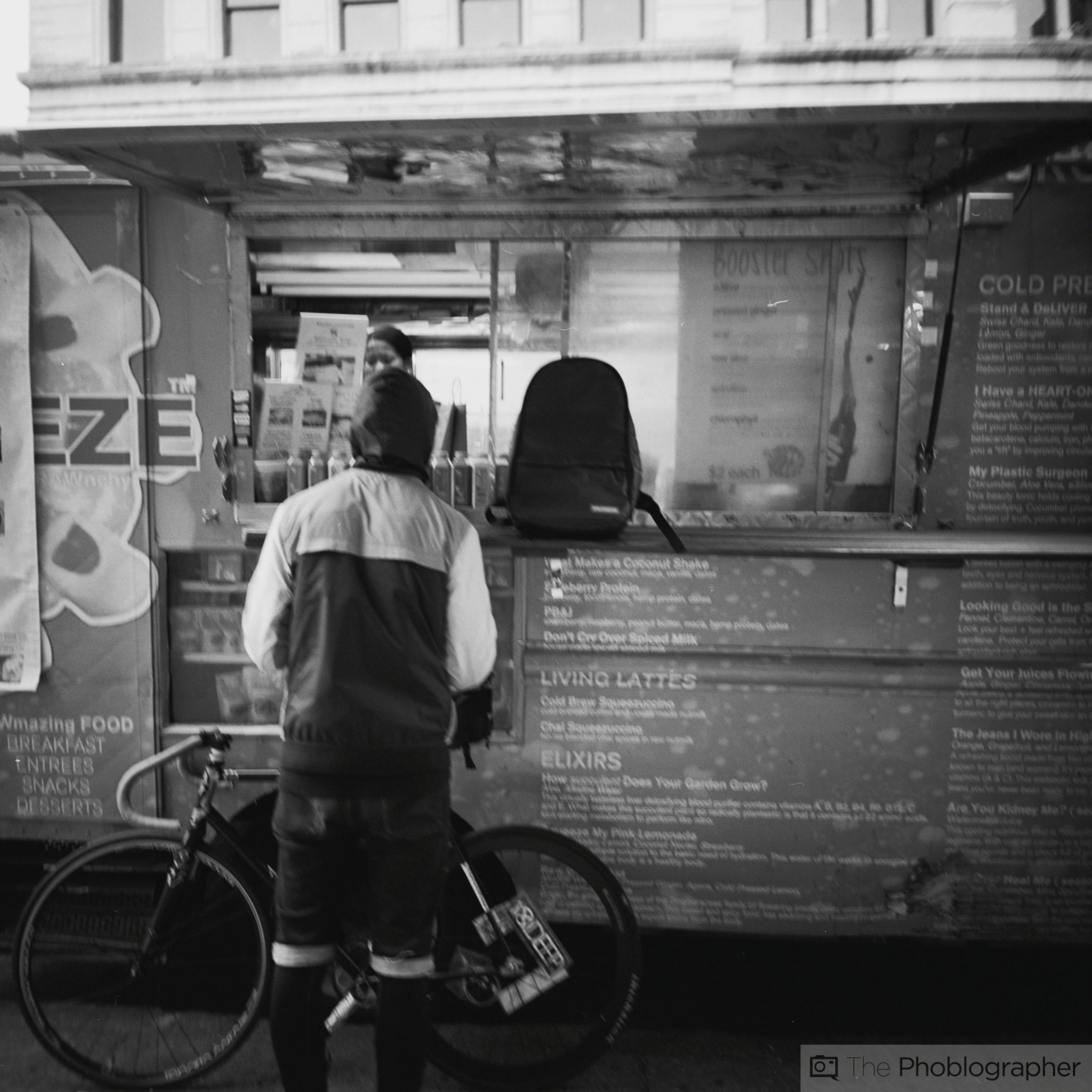
- #C 41 black and white film how to#
- #C 41 black and white film pro#
- #C 41 black and white film professional#
The developer is the most critical, temperature-wise, so I do that last so when all the chemicals are mixed I can start developing my rolls without fear that the temperature has dropped too much. I also mix my chemicals completely backwards I start with the stabilizer, then do the blix, and finally developer.
#C 41 black and white film how to#
The instructions linked don’t have the correct times for manual developing, but gives you an idea how to edit the settings.īefore mixing my chemicals, I mark all my bottles and caps with a D, B, or S (developer, blix, stabilizer) so that the caps will never cross-contaminate the bottles. This app doesn’t have a C-41 setting, but I found a way to hack one.
#C 41 black and white film professional#
It seems to me anyone who has tried this film to unsatisfactory results, simply isn''t utilitze a professional lab with a qualified printer at the helm, or needs to start rating this film properly at E.I. For architecture and landscape, and portraits, T400CN is a winner. Tri-X and Fuji Neopan 400 still tops for me. Since I prefer the added textual quality grain provides in my dad to day, and even some portrait shootings, I shoot non-chromogenics. When I want no grain, I shoot T400CN, period. You always strike a compromise somewhere with these films.

It has a beautiful smooth tonal range I love, but cannot match T400CN for its overall grainless look. Since this is not the ONLY B&W film I use, I recently began shooting Fuji 100 Acros based on recent reviews. If you''re an amateur, I strongly suggest you consider this film as mini-insurance policy in tricky lighting situations. Try that with any non-chromogenic and kiss half your prints goodbye. 200 to 800 on the same roll with fantastic results. The best attribute to this film is its latitude.

I know printers who disagreement with me, but all I have are my own prints for comparison. I personally prefer this chromogenic over Ilford XP2 Super, which I find doesn''t enlarge as cleanly to 8x10 and 11x14 as T400 does. Yet, I have two 4圆 prints on my wall printed from Rite-Aid on T400CN.
#C 41 black and white film pro#
If a pro has difficulty, you can bet a computerized mini-lab machine will be of no help. At 400 rating, I have heard complaints about how difficult (time consuming) it can be to find the right contrast range. And yes, I only use professional printers here in L.A. I almost always rate this emulsion at 200 - sometimes 100, depending on contrast variation of the scene. I have photos to 11x14 that look medium format to even the most discerning eye. I''ve shot almost every B&W emulsion over the years, and never found any to date that can rival T400CN for its latitude and lack of grain (being a dye based film).


 0 kommentar(er)
0 kommentar(er)
